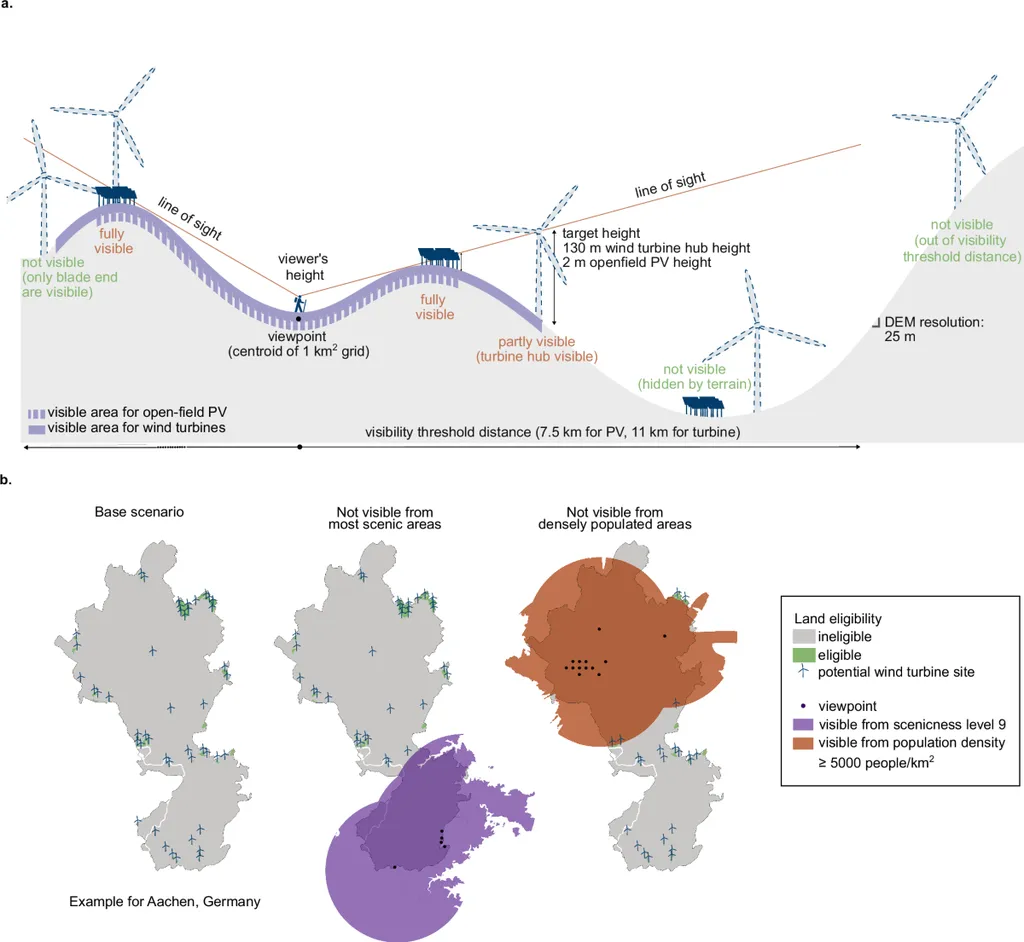In the heart of Milan, researchers at the Politecnico di Milano have pioneered a groundbreaking method to preserve and digitize historical documents, potentially revolutionizing how industries like energy manage and analyze vast historical datasets. Led by F. Biolo from the Department of Architecture, Built Environment and Construction Engineering, this study focuses on a mid-18th-century territorial map known as the “Calcato,” which translates to “trodden,” reflecting a landscape explored on foot. The challenge? The map’s fragility and large dimensions made traditional scanning techniques impractical.
Biolo and his team turned to photogrammetric surveying, a technique that uses photographs to create precise digital models. “We designed a specific acquisition protocol, including a tailored flight plan and the use of a metric camera,” Biolo explains. The team conducted image acquisition indoors through oblique photography from external positions, a method that ensures minimal contact with the delicate document. To address surface irregularities caused by the semi-rigid support, they generated a high-precision digital surface model (DSM) to enable accurate orthorectification. This process involves correcting the geometric distortions in the images, ensuring that the final digital output is metrically accurate.
The team established a topographic control network, defining the coordinates of six ground control points with sub-millimetric precision. This step was crucial for ensuring the geometric reliability of the final orthophoto. The resulting high-resolution, metrically accurate digital output validated both the methodological approach and its implementation, providing a reliable and detailed representation suitable for territorial analysis.
So, what does this mean for industries like energy? Historical maps and documents often contain valuable information about land use, natural resources, and infrastructure that can inform modern-day decisions. By digitizing these documents with high precision, energy companies can gain insights into historical land use patterns, identify potential sites for renewable energy projects, and better understand the environmental impact of past industrial activities. “This method offers a replicable reference for the digital reproduction of large-format historical documents, supporting the safeguarding of documentary heritage and the dissemination of its informational content,” Biolo adds.
The study, published in The International Archives of the Photogrammetry, Remote Sensing and Spatial Information Sciences (known in English as the International Archives of Photogrammetry, Remote Sensing and Spatial Information Sciences), contributes to the objectives of the PRIN project and sets a new standard for the digital preservation of historical documents. As industries increasingly rely on data-driven decision-making, the ability to accurately digitize and analyze historical documents will become an invaluable tool. This research not only preserves our past but also illuminates our future, offering a glimpse into how historical data can shape modern industries.

